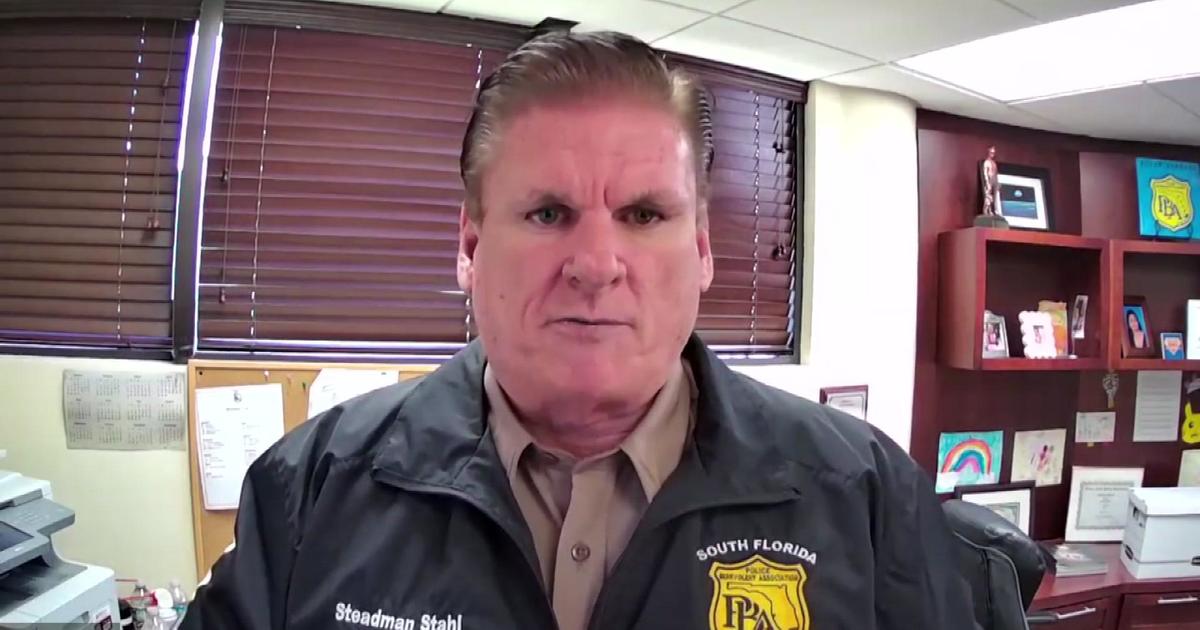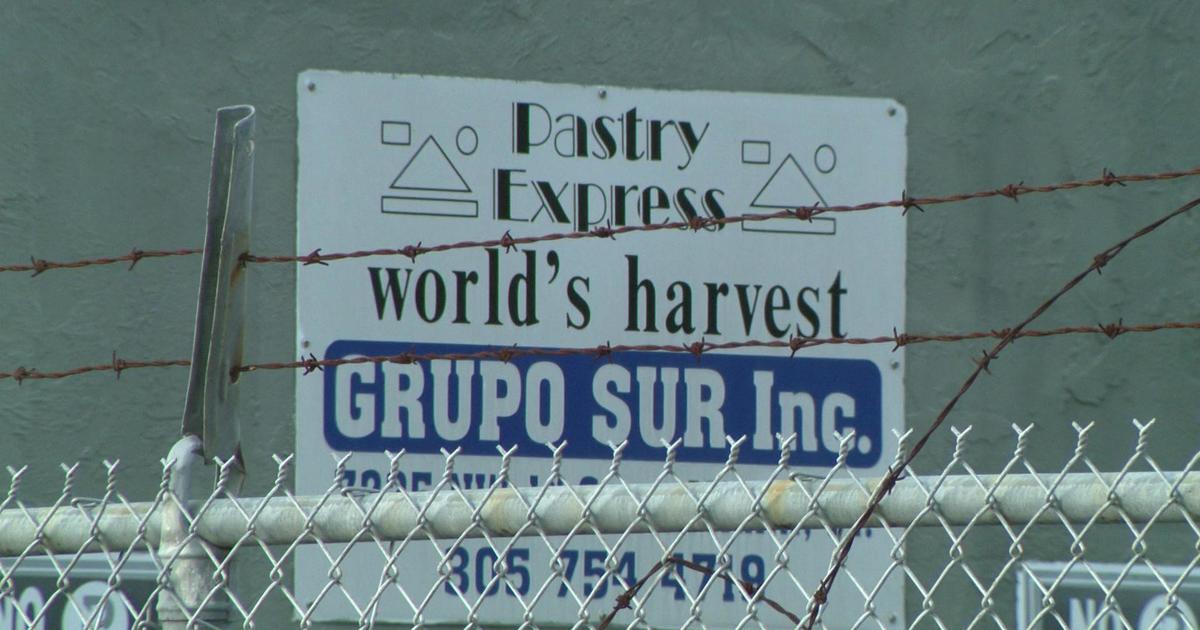Could Semi-Subs Graduate From Smuggling Drugs To People, Weapons?
BUENAVENTURA, Colombia (CBSMiami) – On the high seas off South America, the smuggling game has changed.
Criminal bands are spending millions to build semi-submersibles, capable of moving several tons of drugs at a time between the Americas.
Clearly, money is no object. "We're talking mega money," said Colombian Coast Guard Captain Carlos Delgado.
Delgado is a leading authority on the drug war and the agency's efforts to catch semi-submersibles. He's also charting the future of the smuggling threat in the Americas.
"Right now, they're using them to move drugs, but in the future, we think they could use it to move people, guns, even chemical weapons," said Delgado.
So far this year, the Colombian Coast Guard has intercepted one semi-sub off the country's southern coast.
When they came upon it adrift in the Pacific, the Coast Guard said it had been abandoned and it appeared the drugs the semi-sub had been carrying were offloaded to either a go-fast boat, or another semi-submersible.
The sub, along with more than a dozen others seized through the years, are housed on Malaga Bay, in a museum honoring the Coast Guard's efforts. The bay is also home to the Pacific Command for the Colombian Armada, or Navy, which has been very busy in recent months chasing down smugglers at sea.
"Our busiest times are the middle of the night, the weekends, and when the national soccer team is playing," said Delgado.
SLIDESHOW: Semi-Submersibles Intercepted By Colombian Coast Guard
The Captain said the traffickers don't keep bankers hours. They move their subs full of drugs when they think law enforcement in sleeping. However, Captain Delgado said the motto for his men and women is "on the offensive."
"We never sleep. We're always ready to go, to act on intelligence information we receive to stop these semi-subs from leaving our coast," Delgado said.
The Captain said the semi-subs seem to be a real problem in the deep south of the country. Farther north, the Coast Guard said it's seeing more traditional methods of smuggling involving fishing vessels and go-fast boats.
One method they've seen used is a steel cylinder that looks like a torpedo, which gets towed on a line behind the boat. If the captain of the boat feels he's about to be caught, he can easily cut the line. That sends the torpedo to the bottom of the ocean, which divers can retrieve later using GPS.
The Coast Guard said the semi-subs cost around one million dollars to build, but add that traffickers make the money back ten-fold when the sub successfully delivers their load of narcotics.
The route of travel is usually due west from the Colombian coast, and then a hard right at sea, north, to Central America, where the sub's clandestine cargo is offloaded at sea and run ashore using go-fast boats.
In some cases, the dope is buried on the beach. The dealers then sell the "location" of the buried dope to their clients so not to be involved in a delivery that could result in a set-up or someone getting killed.
"There's a lot of money in this business," said Captain Delgado.
He said the newer subs that have been intercepted at sea are much more developed than one from years gone by. "They're becoming better with technology," he said.
Typically, the subs are made from wood, fiberglass, and diesel engine parts pulled from old 18-wheelers. The Navigation systems are usually hand held and, often, purchased from electronics stores, in of all places, the United States.
"They're determined to move their drugs, but, we are determined to stop them," said Captain Delgado.



